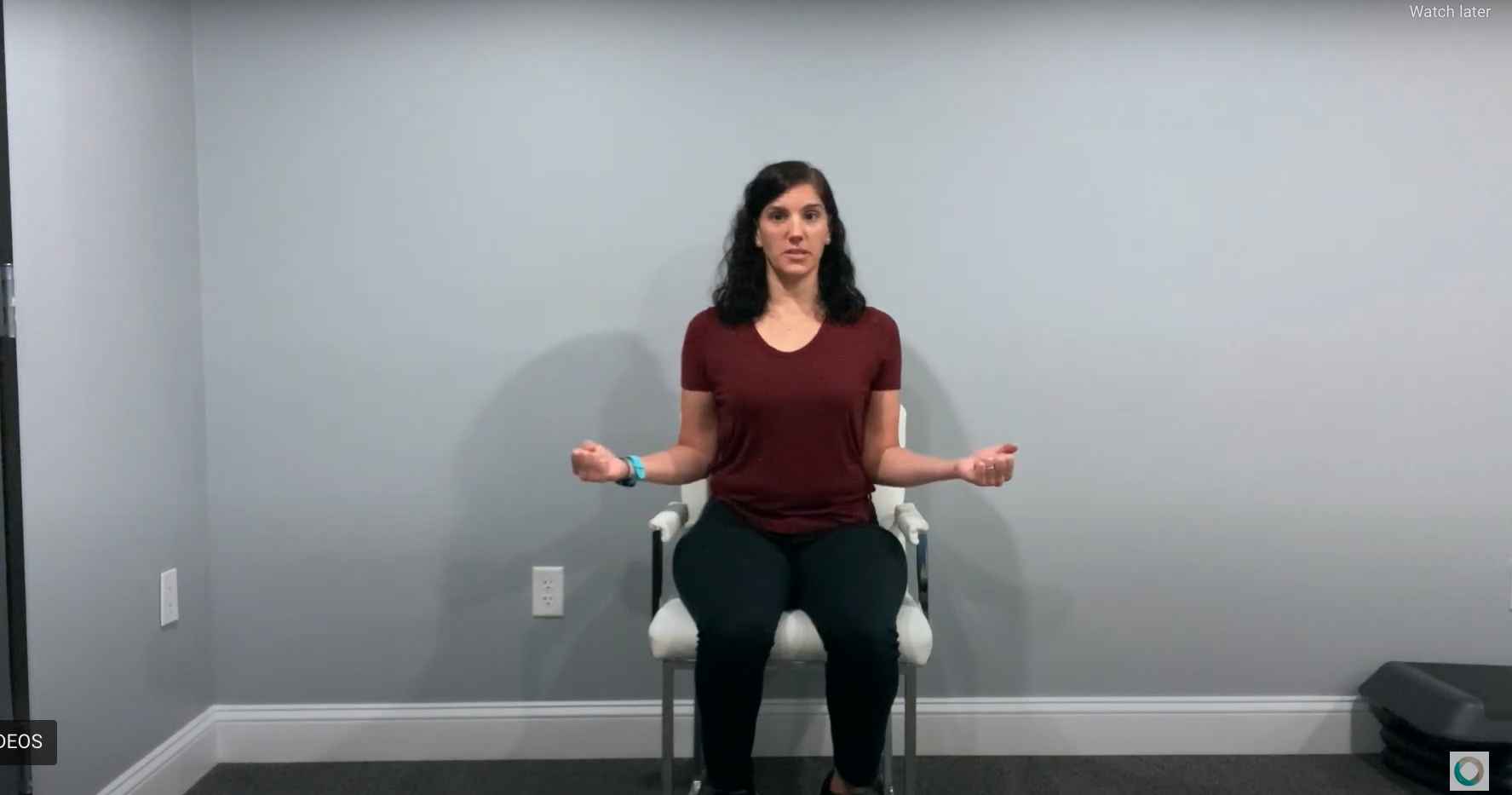
As school is starting up, our little students will be sitting more at their desks, hunched over their workbooks and laptops, and slouching in their chairs. Being back in the classroom is great, but bad posture during peak growing years can strongly influence how your students will look and feel as an adult. It can lead to long-term musculoskeletal conditions, pain, and difficulties with everyday movements. As parents, educators, and caregivers, it’s important for us to emphasize proper posture to our students from a young age.
To help the students in our lives, let’s first talk about sitting posture. If you sit with very poor posture, you can develop or worsen scoliosis—or the curves in the spine—and emphasize kyphosis, also known as a humpback. Good sitting posture starts with moving your butt all the way back in the chair. If you sit closer to the edge of the chair, you will tend to either slouch back into the back of the chair or lean forward, causing tightness in your hip flexors. When you go to sit down, think of sticking your butt back as if doing a deep squat and sit all the way back in the chair. Your weight should be on your butt bones (aka the ischial tuberosities). Then, check to make sure your breastbone (aka your sternum) is stacked directly over the top of your pubic bone. These two bony landmarks should be aligned with one another. If the breastbone is behind the pubic bone, you’re probably slouching. If it’s in front of the pubic bone, you are probably bent forward and tightening your hip flexors. Once you are properly aligned with your butt back in the chair and breastbone over the pubic bone, sit tall through the top of your head with your chin just slightly tucked. Imagine if you had a ponytail on the crown of your head and someone is pulling you up by it. When you grow tall in your seat, you’ll feel your lower abdominals and the muscles between your shoulder blades contract or squeeze. This helps the right muscles engage to help stabilize your posture. This seated position will be hard to maintain at first, but as your little stabilizer and postural muscles get stronger, it will get much easier to maintain over long periods of time.
Here are 3 stretches that can easily be done at school to help the students in our lives to have the best posture throughout the school day.
Written by Elayne Geba, PT, DPT, WCS
In-Person and Online Consultations


